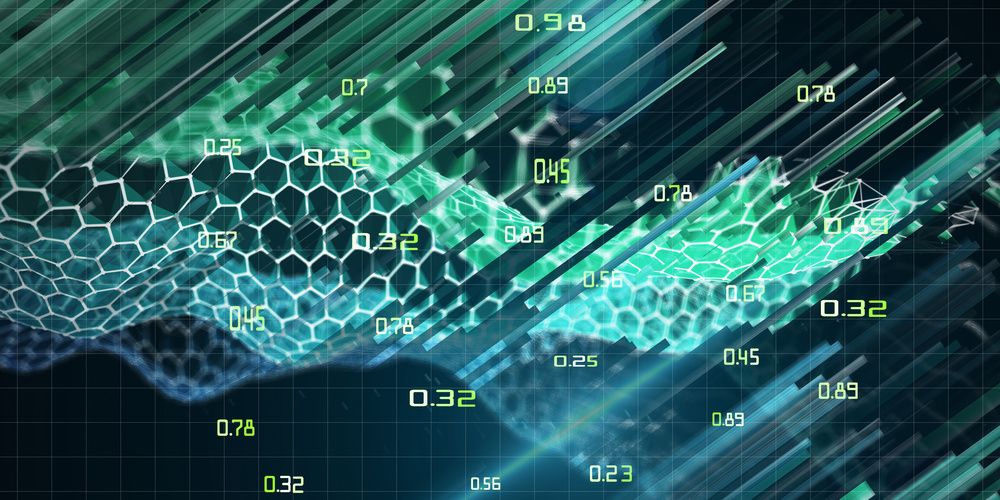Blockchain technology has been around for over a decade now, and it has revolutionized the way we think about data storage and transfer. However, as the number of users and transactions on the blockchain network increases, the need for a more efficient and scalable system becomes apparent. This is where blockchain sharding comes in.
In simple terms, blockchain sharding is the process of dividing a blockchain network into smaller, more manageable parts called shards. Each shard is a separate blockchain that can process transactions independently of the others. This means that instead of having all nodes on the network process every transaction, each shard can handle a subset of transactions, making the network faster and more scalable.
The concept of sharding is not new and has been used in databases for years. However, applying it to blockchain technology is a relatively new idea. Sharding has the potential to solve some of the scalability issues that have plagued blockchain networks like Bitcoin and Ethereum.
Advantages of sharding
One of the main benefits of sharding is increased transaction throughput. By dividing the network into smaller, more manageable parts, the number of transactions that can be processed at any given time increases. This means that the network can handle more users and transactions, making it more efficient and scalable.
Another benefit of sharding is increased security. By dividing the network into smaller parts, the risk of a single point of failure is reduced. If one shard is compromised, the other shards remain unaffected, reducing the risk of a network-wide attack.
However, sharding is not without its challenges. One of the biggest challenges is maintaining consistency across all shards. Since each shard is independent, it is essential to ensure that all shards have the same data and are in sync with each other. This requires a robust communication protocol and a consensus mechanism that can ensure that all nodes agree on the state of the network.
Final word
In conclusion, blockchain sharding is a promising solution to the scalability issues that have plagued blockchain networks. By dividing the network into smaller, more manageable parts, sharding can increase transaction throughput and improve network efficiency. However, it is essential to address the challenges of maintaining consistency across all shards to ensure the security and integrity of the network.
As the development of blockchain technology continues to evolve rapidly, sharding, which is one of the most important developments in the industry, is likely to play an increasingly important role in the future of blockchain networks.



